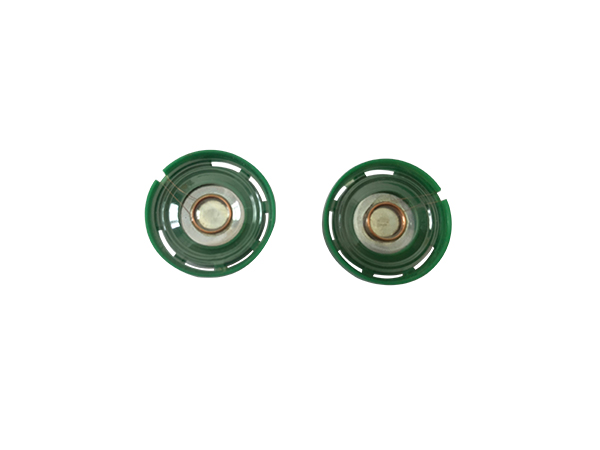What are the considerations of amplifier design in speaker system of speaker manufacturer? Many engineers who work with speakers and amplifiers will tell you the same thing. If the amplifier is operated excessively, the speaker driver will be damaged more or less. This process usually includes gradually increasing the bass knob or sharply increasing the volume knob. What results will this produce?

It may damage the tweeter driver of the speaker. But why did this happen? Most treble drivers are designed for the 10W to 15W power range. Driving them at high frequencies requires very little energy. The rated power of midrange and bass speakers is generally the average power of the whole speaker (50W and 100W, etc.).
Think about what happens when you add gain to a sine wave in an amplitude limiting system (playing music using a fixed power rail). At this time, the signal begins to limit. If you drive a signal beyond the limit, the waveform begins to look more like a square wave. From the perspective of frequency domain, we begin to obtain the input signal harmonics. Due to the emergence of a large number of amplitude limiting, harmonics have higher amplitude. Now, if you use a passive divider, many higher-order harmonics can easily go from the mid bass driver divider to the treble.
Because the driver power of high audio is very low, the probability of damage is much higher. This is a real problem in many systems, especially those using simple analog processing (e.g. operational amplifier, Op Amp) or NC analog EQ system. Two better solutions are:
1. Dual power amplifier system
If you are in a closed system, such as an active speaker, please consider using dual power amplifiers in your system. Dual amplifier allows you to use a separate amplifier to drive the treble. The separation between treble and bass is completed before the low-frequency gain, so as to prevent the treble from damaging the high-frequency part of the limiting bass channel.
The dual power amplifier system allows you to run most analog systems with highly flexible digital adjustment functions. The disadvantage is the high cost of increasing the amplifier. However, we must make a compromise between a good passive frequency divider and the cost of additional amplifiers. Using digital frequency divider in digital to analog converter (DAC) or multimedia digital signal codec (codec) can alleviate this problem to a certain extent.
It is much easier to fine tune your frequency divider digitally than to replace various passive components. This also allows the same PCB design to be repeated for speakers and speaker drivers of different sizes. Note that this system only works if you have direct access to both drives individually.
2. Intelligent post-processing amplitude limiting bass signal
Some developers will use "soft clipping". This is a very simple method, but it is rare in home audio systems. Generally speaking, we will increase the low-frequency bass frequency to the highest. Some developers will remove the 24 dB bass boost to compensate for the low frequency response of small 2-inch drives.
If the frequency increase frequency is generally low, try adding a low-pass filter after the gain stage to reduce the high frequency caused by limiting. In an analog system, a multi-order filter is usually required to construct such a low-pass filter with a sufficiently high cut-off rate, so that the system becomes bulky and expensive. However, it can be easily implemented in digital processing system, provided that there are enough effective MIPs in audio processor
